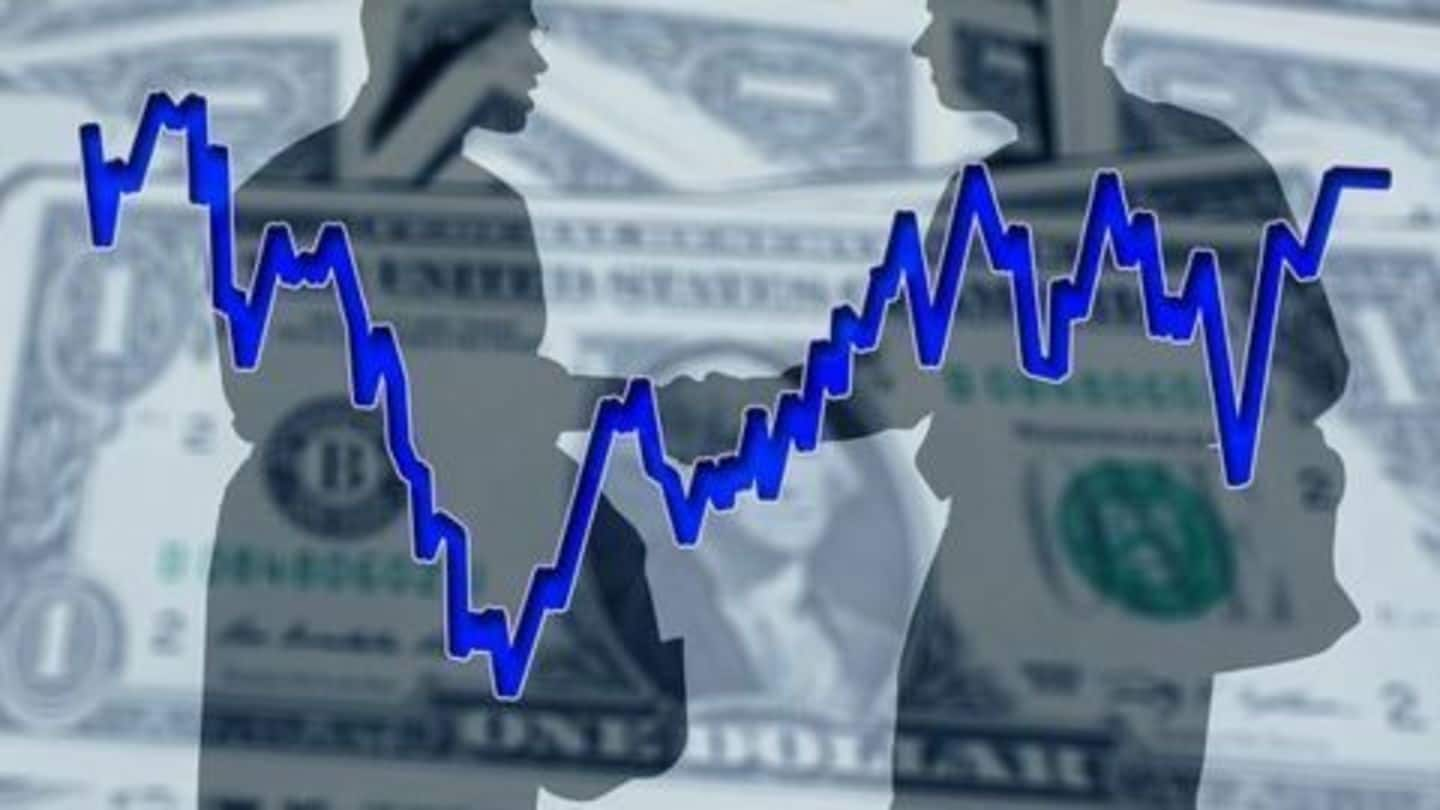
India's economic scenario: 2007 - 2016
What's the story
The start of the decade saw a lacklustre economy because of the global financial crisis. Since 2010 onwards, VC & PE investment in the start-up sector jumped from $13 million in 2010 to $1800 million in 2014. In 2016, after the 'Make in India' initiative, FDI touched $62 billion. The GST Act, the biggest tax reform in decades, was passed last month.
1947 - 1957
India's economic scenario: 1947 - 1957
When India gained independence in 1947, nearly 47% of the population was below the poverty line and over 70 % of the work force worked in the agricultural sector. India's first Prime Minister, Jawaharlal Nehru, was intent on redevelopment of indigenous industries that were systematically destroyed under British rule. Nehru believed that rapid industrialisation was the most efficacious mode to eradicate poverty in India.
1957 - 1967
India's economic scenario: 1957 - 1967
Industrialisation was limited in scope and employed only 2 % of the work force. Jawaharlal Nehru, inspired by the Soviet Union's five-year plans, adopted the practice in India. Total outlay of the 2nd five-year plan was Rs.4800 crores: it was allocated amongst irrigation, industry & mining, social services, transport and communication. The targeted growth-rate was 4.5 % but actual rate was 4 %.
1967 - 1977
India's economic scenario: 1967 - 1977
License Raj, which prevented private enterprises from conducting business, had been in existence since 1947. In 1967, production of many goods was restricted to small-scale industries to protect small manufacturers. In 1969, banks were taken over by the government to give easy access of finance to the poor. In 1973, the Monopolies Restrictive Trade Practices Act was enacted to restrict expansion of industrial houses.
1977 - 1987
India's economic scenario: 1977 - 1987
A few years prior, laws had been introduced to severely restrict foreign investment and imports. A balance of payment crisis came about in the 1970s and became progressively worse in the 1980s. Laws were passed to restrict ownership of land and stringent labour laws were enacted that prevented companies from growing. The highest effective tax rate was 97.5 % and there were 11 tax-slabs.
1987 - 1997
India's economic scenario: 1987 - 1997
The biggest boost to the economy and businesses came in 1991. The 'License Raj' was abolished and government approvals were done away. The rupee was devalued, markets were thrown open for participation from the private sector for almost all categories except for alcohol, tobacco, aerospace and electronics. The economy was opened up for international trade/investments and the focus moved to privatization and globalization.
1997 - 2007
India's economic scenario: 1997 - 2007
The country was experiencing average annual growth post-liberalisation of 8.1 %. Until 2001, only 700 items out of 10200 items were free from import restrictions. In 2002, quantitative restrictions on imports were finally removed. Disinvestment was pursued by the government of the day and converted into non-governmental enterprises. In 2005-06, the software industry grew by 33 % and the BPO industry by 37 %.